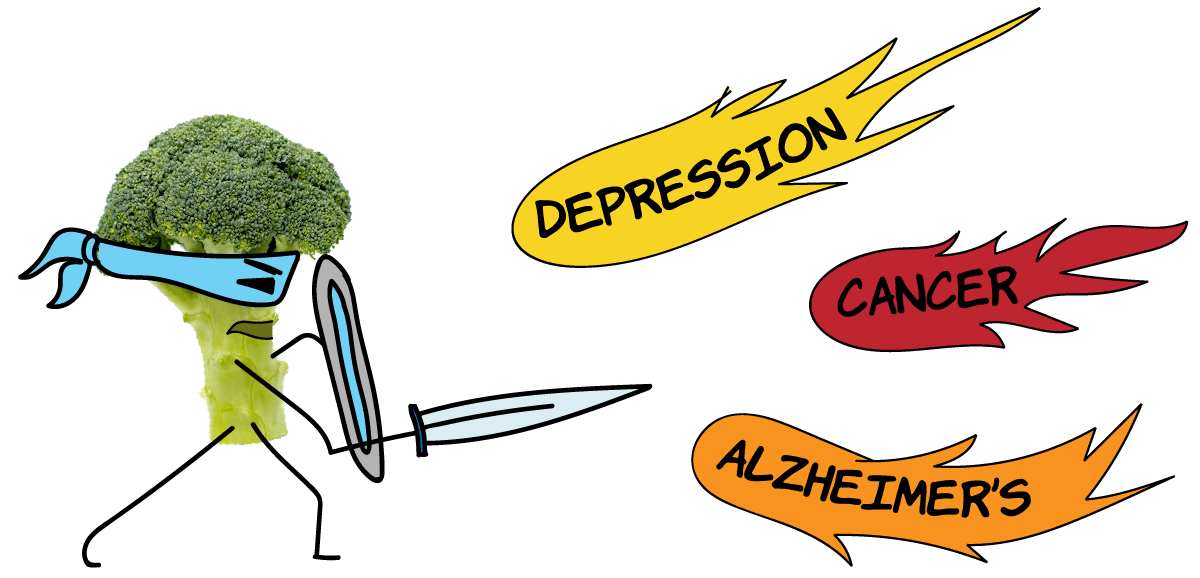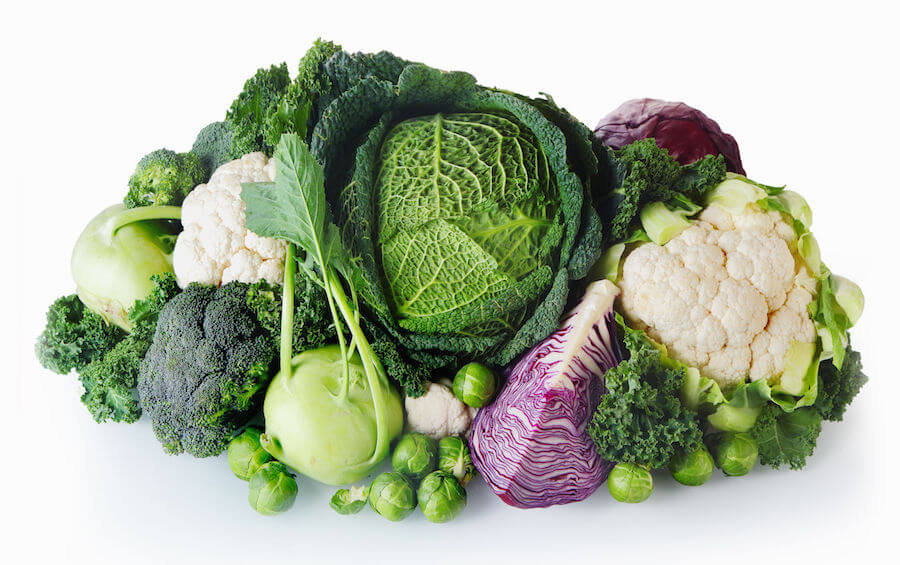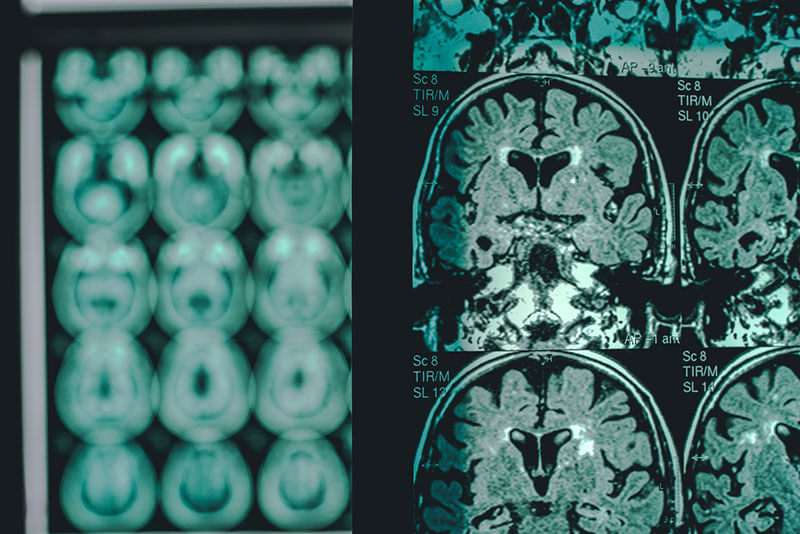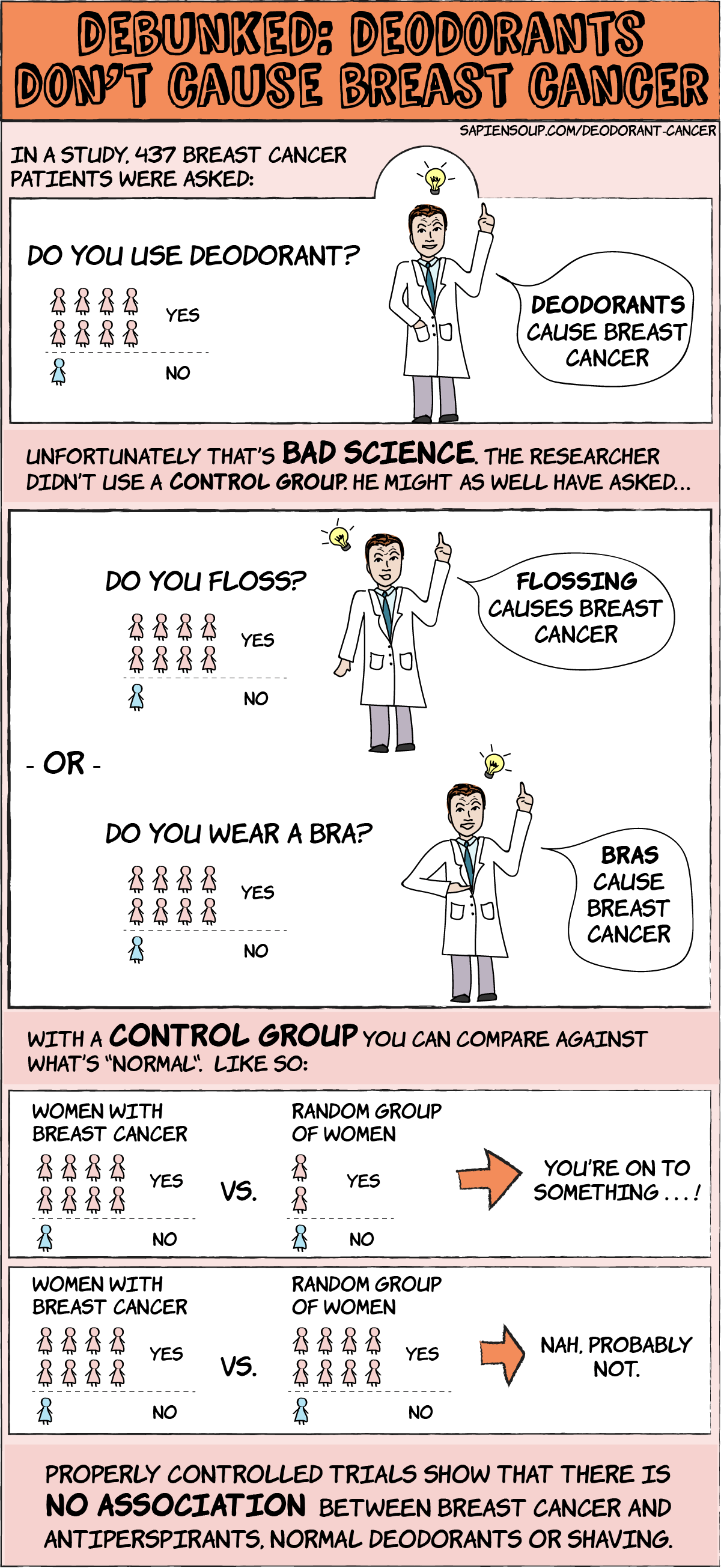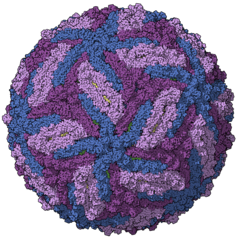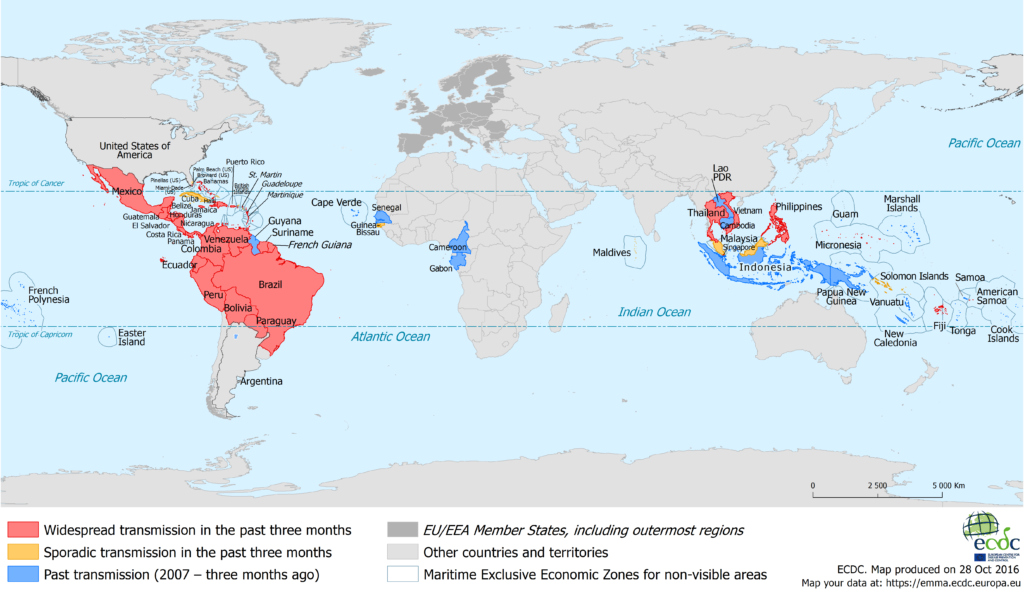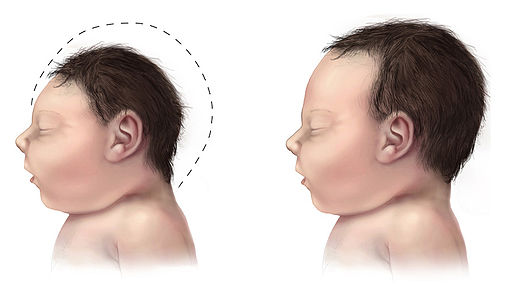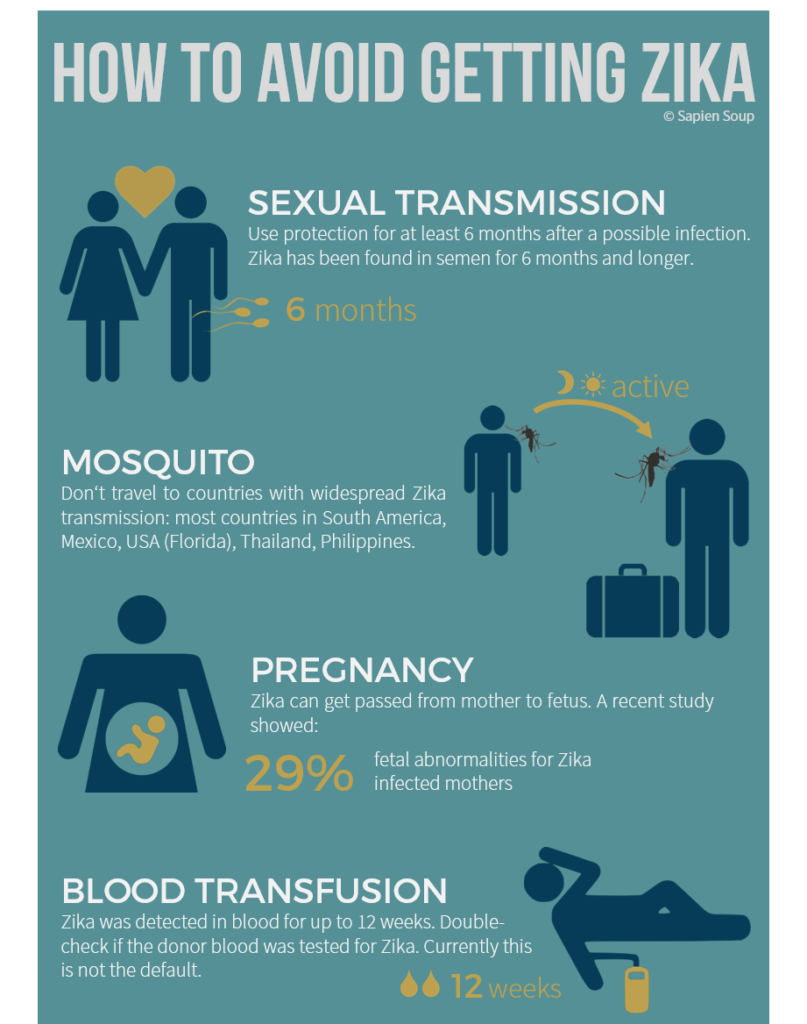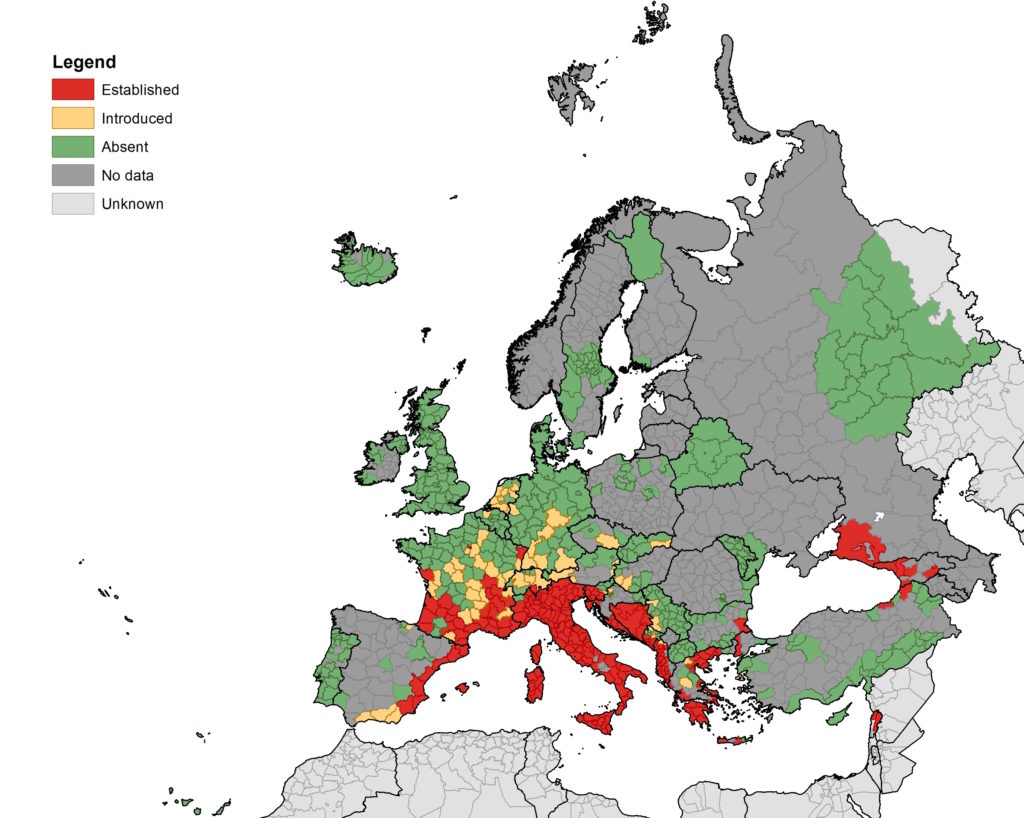In the first post of the sulforaphane series, we covered that consuming sulforaphane can lower inflammation. Now let’s talk about why eating tons of cooked broccoli may have zero effect.
Ok, so I told a white lie in the first post: Cruciferous vegetables such as broccoli, cauliflower and cabbage don’t contain actual sulforaphane. What they do contain however is the precursor of sulphoraphane. It’s called glucoraphanin, and it accumulates in the vegetable’s florets and leaves. Only on consumption does it turn into sulforaphane. This requires the help of the enzyme myrosinase.

This enzyme is turned on when the raw vegetable is crushed, chopped or chewed. It is usually delivered with the vegetable but unfortunately is often denatured when cooked. When an enzyme is denatured, it can no longer do its job because it has lost its structure. Think of a paperclip that is bent open. You can still say it is a paperclip, but it can no longer perform the function of holding papers together. That’s what happens to enzymes when they become denatured.
Maximizing sulforaphane intake
Does that mean, I’ll have to eat my vegetables raw from now on? No. Luckily, there are other enzymes found in a healthy colon, which can partly take over the job of myrosinase. Additionally, lightly steaming cruciferous vegetables will allow the myrosinase to keep functioning, but it means your vegetables will be very crunchy. If you like your vegetables soft you have to find a different source of myrosinase. Here are your options:
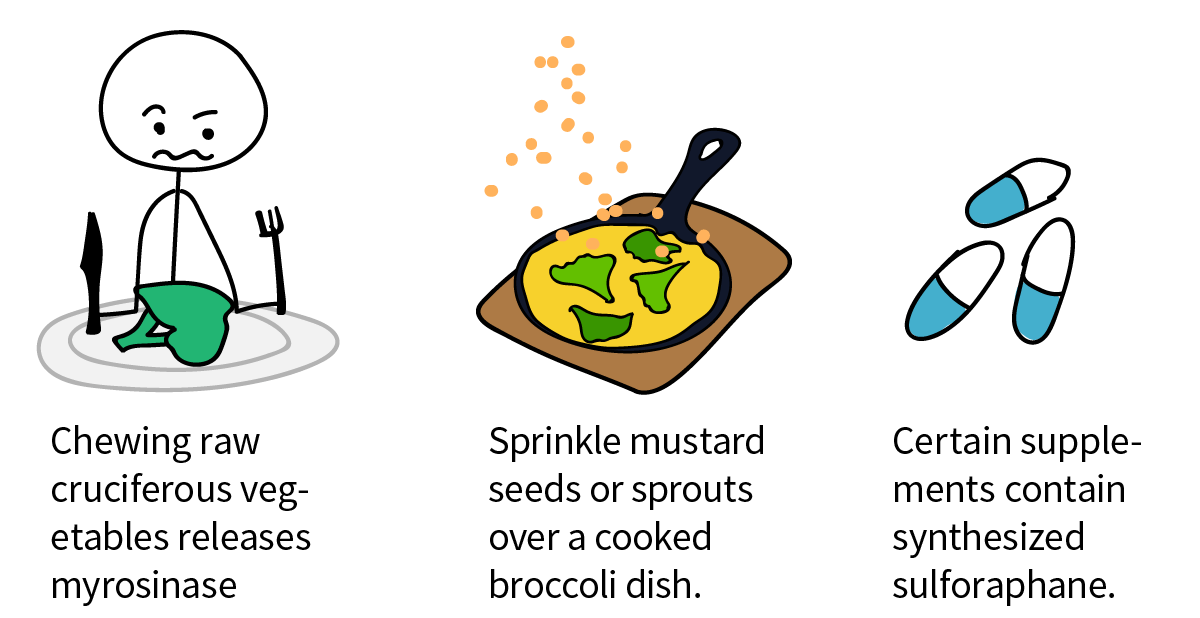
Quick fix: add natural myrosinase
Simply sprinkle some broccoli sprouts, mustard seeds, horseradish, daikon or wasabi over your cooked vegetables. These have so much myrosinase that they manage to turn most of the glucoraphanin in your cooked cruciferous vegetables into sulforaphane.
Unfortunately, the amount of glucoraphanin in mature broccoli varies quite widely. That’s why broccoli sprouts—which contain 20-100 times more glucoraphanin than mature broccoli—are now considered the “gold standard” for studying sulforaphane and its health effects.1
Glucoraphanin Yield from raw cruciferous vegetables2
(Numbers are not exclusively glucoraphanin, but isothiocyanates in total, which do not all turn into sulforaphane.)
| Vegetables | Mean (Range) in µmol/100g wet weight |
|---|---|
| Broccoli | 6.9 (2.6 – 18.1) |
| Cabbage | 31.7 (0.5 – 77.9) |
| Cauliflower | 1.5 (0.7 – 2.7) |
| Brussels sprout | 9.6 (0.6 – 21.1) |
| Kale | 3.7 (0.4 – 12.9) |
| Mustard Green | 61.3 (0.4 – 137.9) |
Alternative: Use Supplements
There are some supplements that have synthesized sulforaphane, but these are not very stable and should be refrigerated. There are two on the market that have been investigated in the scientific community. Note, we’re not affiliated with either of them. One is a stabilized form of sulforaphane called Prostaphane containing the equivalent of 100 g of raw broccoli per tablet. It needs to be refrigerated at all times and is only available in France and neighboring countries at the moment.3 The other contains glucoraphanin and myrosinase and is called Avmacol, unfortunately it’s currently not available outside the US.
How sulforaphane works
In order to understand how sulforaphane actually works once we have it in our bodies, we need to take a short trip down its biochemical pathway. Sulforaphane can activate the transcription factor Nrf2. A transcription factor is something that can influence which genes are transcribed from DNA into messenger RNA, called mRNA. mRNA moves out of the nucleus and can be translated into proteins.
Proteins like the ones found in egg white or meat? Yes, these foods contain proteins, but the proteins we are talking about are the ones that do most of the heavy lifting inside the cell. They make sure things get transported in and out of the cell, make reactions happen and make replication possible. Another example of important protein features is cellular defense. And that’s precisely what the Nrf2 pathway does: it turns on genes that protect the cell from inflammation. So how does that actually work? Think of Nrf2 as the commander and proteins as the SWAT team. Once in the nucleus Nrf2 turns on over hundreds of genes involved in cellular defense by activating something called the antioxident response element.4 Nrf2 also activates cytoprotective genes encoding antioxidant enzymes and detoxifying enzymes.5
If none of that makes sense to you, simply remember this: Normally, Nrf2 is turned on every 129 minutes, but when stimulated by sulforaphane it is activated every 80 minutes.6 This means you are supercharging your Nrf2 pathway when you consume sulforaphane.
Adding glucoraphanin to your diet and combining it with myrosinase gives your cells access to all the super powers of sulforaphane. How do you sprout broccoli yourself? And how much sulforaphane should you consume? We’ll talk all about that in part 3 of the sulforaphane series.
References
-
Shapiro TA, Fahey JW, Wade KL, et al. Human metabolism and excretion of cancer chemoprotective glucosinolates and isothiocyanates of cruciferous vegetables. Cancer Epidemiol Biomarkers Prev. 1998 Dec;7(12):1091-100. PubMed PMID: 9865427 ↩
-
Tang L, Paonessa JD, Zhang Y, et al. Total isothiocyanate yield from raw cruciferous vegetables commonly consumed in the United States. J Funct Foods. 2013 Oct 1;5(4):1996-2001. PubMed PMID: 24443655 ↩
-
Fahey JW, Wade KL, Wehage SL et al. Stabilized sulforaphane for clinical use: Phytochemical delivery efficiency. Mol Nutr Food Res. 2017 Apr;61(4). doi: 10.1002/mnfr.201600766. Epub 2017 Feb 8. PubMed PMID: 27935214 ↩
-
Dinkova-Kostova AT, Holtzclaw WD, Cole RN, et al. Direct evidence that sulfhydryl groups of Keap1 are thesensors regulating induction of phase 2 enzymes that protect against carcinogens and oxidants. Proc Natl Acad Sci U S A. 2002 Sep 3;99(18):11908-13. Epub 2002 Aug 22. PubMed PMID: 12193649 ↩
-
Taguchi K, Yamamoto M. The KEAP1-NRF2 System in Cancer. Front Oncol. 2017 May 4;7:85. doi: 10.3389/fonc.2017.00085.eCollection 2017. Review. PubMed PMID:28523248. Xue M, Momiji H, Rabbani N, et al. Frequency Modulated Translocational Oscillations of Nrf2 Mediate Antioxid Redox Signal. 2015 Sep 1;23(7):613-29. doi: 10.1089/ars.2014.5962. Epub 2014 Oct 3. PubMed PMID: 25178584 ↩
-
Xue M, Momiji H, Rabbani N, et al. Frequency Modulated Translocational Oscillations of Nrf2 Mediate Antioxid Redox Signal. 2015 Sep 1;23(7):613-29. doi: 10.1089/ars.2014.5962. Epub 2014 Oct 3. PubMed PMID: 25178584 ↩


